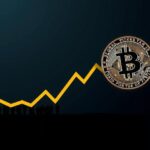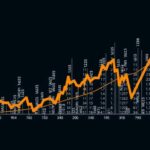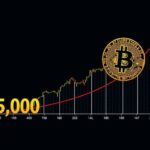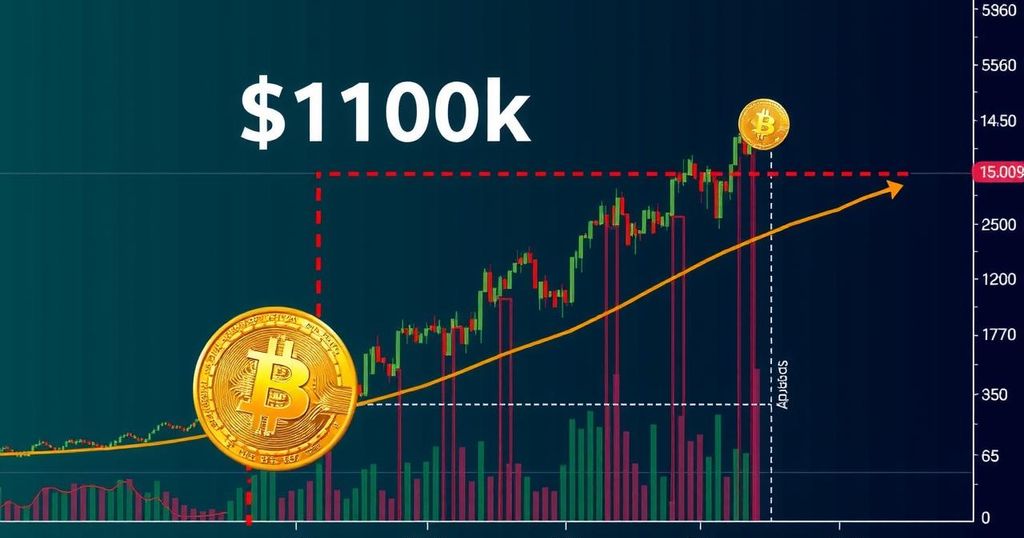Economic Indicators Raise Concerns Amid Fed’s Rate Cut Rally
The article examines the mixed signals from key economic indicators following the Federal Reserve’s 50 basis point rate cut. Despite a risk-on rally in financial markets, indicators such as rising unemployment rates, decreased leading economic indices, and increasing gold prices compared to oil suggest caution as the economy may be heading towards a slowdown or recession.
The recent risk-on rally following the U.S. Federal Reserve’s decision to cut interest rates by 50 basis points has led many participants in the financial markets to view this move as a step towards normalizing an excessively tight monetary policy aimed at curbing inflation. However, contrary indicators such as unemployment rates, economic leading-lagging ratios, and the gold-oil price ratio indicate potential economic instability, suggesting that investors should exercise caution instead of fully embracing the bullish momentum. The U.S. Household Survey revealed troubling trends, as over 57% of states reported rising unemployment rates in August compared to the previous month and the same month last year, according to MacroMicro. This rise in unemployment may lead to diminished consumer spending and a downturn in business confidence, ultimately posing risks for an economic slowdown or even a recession. Consequently, this could prompt investors to withdraw from riskier assets, including cryptocurrencies like Bitcoin (BTC). Furthermore, the Conference Board’s Leading Economic Index (LEI) fell to 100.2 in August, marking its lowest level since October 2016 and signaling continued economic decline. The LEI, comprising various forward-looking indicators, has now declined for six consecutive months, and the accompanying ratio of leading to lagging indicators has plunged below 0.85, reaching its lowest since the 1950s according to WisdomTree’s Head of Equities, Jeff Weniger. Historical precedents indicate that such declines often signal impending recessions. Additionally, the ratio between gold and brent crude prices has surged over 35% in 2023, indicating gold’s relative strength as a haven asset compared to oil, which reflects global economic demand. This divergence often signifies an anticipated economic slowdown, further enhancing the case for prudence among market participants.
The Federal Reserve’s recent interest rate cut aimed to ease economic pressures while fostering a risk-on environment for investment. However, certain economic indicators may present a more somber outlook, potentially contradicting the optimistic narrative. Analyzing key indicators such as unemployment rates, the LEI, and ratios involving gold and oil prices, investors can gauge the overall health of the economy and the soundness of their investment strategies in light of potential market volatility.
In summary, while the Federal Reserve’s interest rate cut has triggered a rally in risk assets such as Bitcoin, key economic indicators, including rising unemployment, declining leading economic indices, and a surging gold-oil ratio, signal potential economic challenges ahead. Investors should remain cautious and consider the mixed signals provided by these indicators before making substantial investment decisions in the current climate.
Original Source: www.coindesk.com







Post Comment